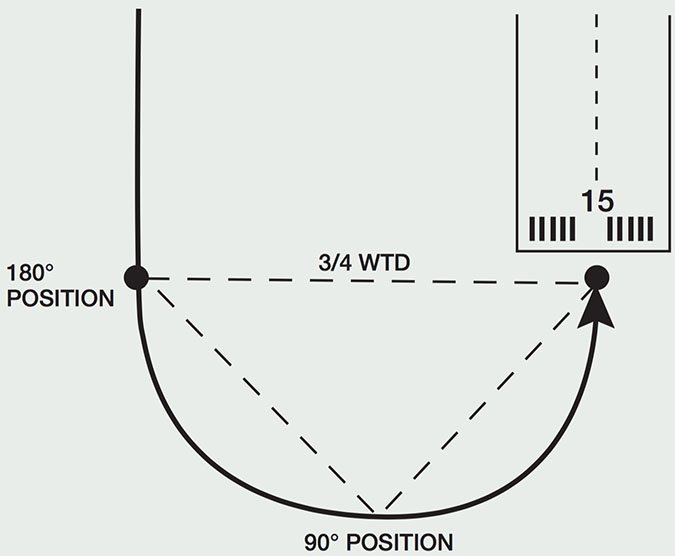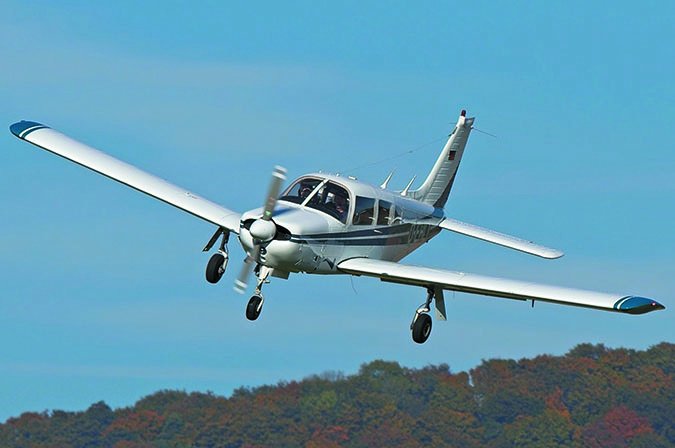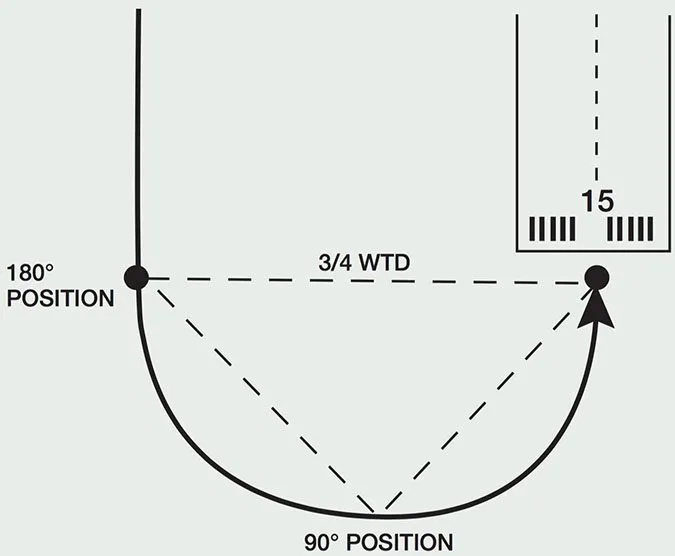I own and fly a Cessna 172, and a curved pattern (“Circular Patterns,” March 2017)would not be an advantage as I would not see the runway until I came out at the end of the turn. I realize the military used this approach but as you know they have very few high-wing aircraft. Also, you would not be able to see if another aircraft cut you off until the last moment. Why change something that has been working just fine?
Anthony Rodono
Milford, Conn.
Low-Wing Response
I, for one, will never adopt your circular pattern. Why? I fly low-wing aircraft at and into non-towered airports. On the crosswind leg, there is time to level the wings and check for aircraft flying straight-in to my intended landing site. With the upwind wing out of the level and lower lines of vision, I can see danger before it happens. In 60 years of flying, this habit has saved me.
Robert Froelich
Via email
PAN, PAN, PAN
I must disagree with Terry Hand’s article in the March issue advocating “Circular Patterns.” I think this is a bad idea for GA and the suggestion the pilots “go out and try it” is not consistent with Aviation Safety’s usual message.
There are at least five things wrong with Mr. Hand’s idea:
1. The last thing we need at non-towered airports is yet another variety of the traffic pattern. One of the reasons for standardizing patterns is so that pilots have a general idea where conflicts will most likely appear. It’s bad enough to have those 747-size patterns flown by pilots with delusions of grandeur or the five-mile straight-ins flown by you-know-who.

2. The constant-bank, 180-degree turn means that pilots in low-wing airplanes will never have the chance to look for other aircraft making one of those long, straight-in finals. The upraised wing will block any view.
3. Using a circular approach means flap extensions will be done in a descending turn, changing pitch and rate of descent while banked up to 30 degrees. That is inherently destabilizing and pilots will be constantly adjusting pitch and power all the way around, not becoming stable until rolling on to a very short final at only 100-150 agl.
4. With final not beginning until that low altitude, there will be very little time to evaluate crosswinds or runway conditions. The pilot will have to do so while trying to achieve a stable state for landing, in a fairly short period of time, at low altitude and slow speeds. If that isn’t a formula for loss of control, what is?
5. Rolling onto final at 100-150 agl while still 1200-1500 feet from the runway means that the airplane must maintain a glide ratio of 10:1-12:1. A Cessna 172 will only achieve about 9:1 with flaps retracted. If the pilot has used proper technique and extended flaps, it will be much, much less.
Therefore, almost any GA airplane would need to keep significant power all the way to the flare to make it to the runway, not a good idea with any type of VFR approach under most circumstances.
Incidentally, I’ve read and been told several versions why the U.S. Navy originally adopted circling approaches. The most plausible one is that the carrier deck disappeared under the nose of most 1940s-vintage airplanes when on final (a common experience for CFIs giving dual in tandem taildraggers), so the pilots would lose sight of the boat just when they needed to see it most. A constant-turning approach allowed them to see the deck and the LSO until they were much closer.
W.T. McSwain
Williamsburg, Va.
Thanks to all who responded. Terry’s article stems from a news item in our January issue, when we noted the AOPA Air Safety Institute and the University of North Dakota were “researching whether replacing rectangular traffic patterns with curved or oval-shaped ones may help” prevent loss-of-control accidents, a project formulated in loose consultation with the NTSB. The article also noted AOPA ASI and UND would be conducting research in “early 2017” on whether a continuous turn from downwind to final has any benefits in trying to reduce loss-of-control accidents, a priority with all three organizations.
Since our January news item, UND has concluded its research. The university developed a recommended procedure and provided training on how to use it. Then, pilots and flight instructors were requested to fly the procedure. The flights were monitored using GPS and other flight information data from its fleet of Garmin G1000 glass panel aircraft. The data obtained is being analyzed and UND’s program manager, Lewis Archer, tells us the study will be concluded in May.
Critical Math

I’d like to respond to Morton Doran’s letter to the editor (“Math Rejection,” Unicom, March 2017). He’s understandably frustrated with articles about flying that involve algebra.
There’s enormous benefit to enthusiastic theoretical curiosity. Furthermore, greater understanding usually requires the language of logic, math.
But it’s not just math. Flying requires many perspectives. Even merely good piloting requires one to think like an athlete approaches sport, like an engineer approaches design and dynamics, like an actuary approaches risk and like a psychologist approaches human mental processes. The multi-discipline approach is the safest and, most importantly, the most fun.
Mr. Doran likes “Speed with the stick; descent with the throttle.” That’s fine, but if that’s the nature of a pilot’s understanding of dynamics, he/she must ensure not to adventure into flying that requires more. Flying will be quite limited—and there’s nothing wrong with that.
But I caution that it’s hard to predict when you really must know what you’re doing.
I enjoy the technical articles.
Martin Giesbrecht
Via email
Thanks, Martin!




